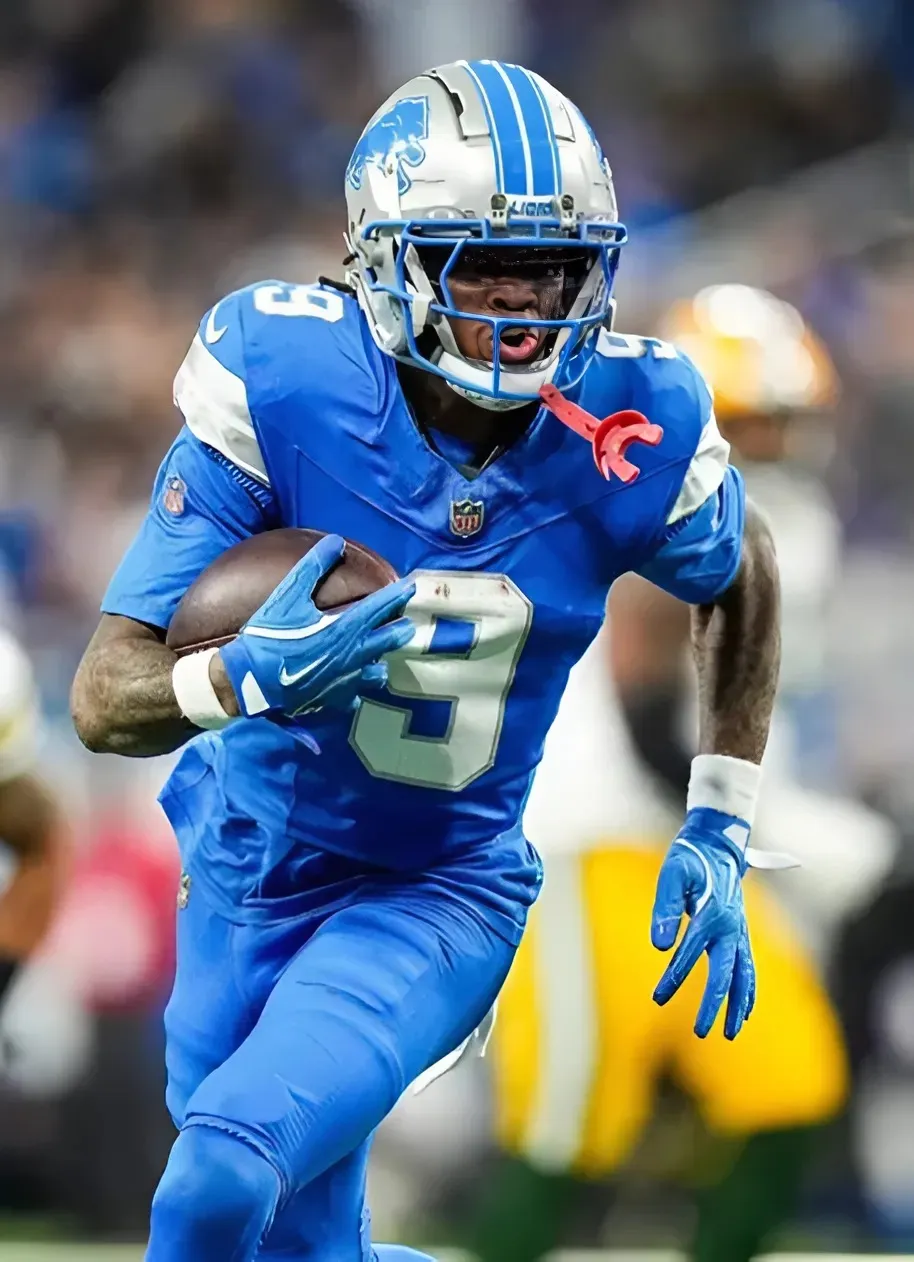
Now that their season is over, the Colorado Avalanche will turn their attention to this summer and the opening of free agency. But first, the NHL Entry Draft will be held on June 27, even though the Avalanche only have two picks.
For the past couple of seasons, the Avalanche have strategically managed their draft picks and prospects to maximize their value. This includes keeping and developing players, utilizing picks during the draft, or trading them to strengthen the team’s chances of winning a Stanley Cup. By trading away their first—and second-round picks and highly regarded prospects, the team aimed to acquire immediate help for a championship run. However, when things don’t go as planned, it can significantly impact the team’s future.
Avalanche’s Draft Capital
This year, the Avalanche only has a fourth-round pick and a seventh-round pick. They traded away their other draft picks to acquire a forward and a defenseman in hopes of making a deep playoff run. Below is a breakdown of this year’s picks and the trades that resulted in their current status.
1st-round pick The Avalanche acquired Sean Walker and a 2026 5th-round pick from the Philadelphia Flyers for Ryan Johansen and a conditional 2025 1st-round pick (Mar. 6, 2024)
2nd-round pick: The Avalanche acquired Lars Eller from the Washington Capitals for a 2025 2nd-round pick (Mar.1, 2023)
3rd-round pick: The Avalanche acquired Yakov Trenin and Graham Sward from the Nashville Predators for Jeremy Hanzel and a 2025 3rd-round pick (Mar.7, 2024)
4th-round pick: Own
5th-round pick: The Avalanche acquired Mackenzie Blackwood, Givani Smith, and a 2027 5th-round pick from the San Jose Sharks for Alexandar Georgiev, Nikolai Kovalenko, a 2026 2nd-round pick, and a 2025 5th-round pick (Dec. 9, 2024)
6th-round pick: The Avalanche acquired Scott Wedgewood from the Predators for Justus Annunen and a 2025 6th-round pick (Nov. 30, 2024)
7th-round pick: Own
Of the seven players acquired in the trades above, only two are still with the team and have contracts that will lead into next season. In Blackwood’s case, he received an extension. Say what you want about the trades’ results; management did what they thought was best to improve the team. Unfortunately, they suffered another first-round exit without having any quality picks to draft a promising player or acquire another player to help their push for a championship next season.
Can the Avs Acquire More Picks?
Colorado has the option to trade for draft capital. However, their players fall into two categories: those in the “core” group who are valuable enough to get a good return but the team would be weaker without them, and those with modified no-trade clauses that complicate any potential deals. Colorado would likely have to include draft picks to make these contracts more appealing to other teams.
Many teams would be interested in acquiring Miles Wood, Charlie Coyle, or Ross Colton for their rosters. However, it might not be easy to trade them due to varying factors such as their recent performances and the structure of their contracts, either in terms of duration or annual average value (AAV). Unless a team is particularly fond of one of them, the Avalanche will struggle to receive much in return without sweetening the deal.
The Avalanche traded a first-round pick to offload Ryan Johansen’s contract to the Flyers. In return, they received a solid defenseman in Sean Walker, but Walker’s value doesn’t equate to that of a first-round selection. Yet, that was the cost of moving out a contract. Fortunately, the salary cap is increasing. However, is it worth giving up a 4th or 5th-round pick to gain a 6th-round and free up money?
In the 2026 NHL Draft, the Avalanche will not have a first, second, or third-round pick. However, they have an extra fourth-round pick, two fifth-round picks, and two seventh-round picks, which they could leverage one or more for a higher pick while still retaining a selection in those rounds. While it’s unlikely that combining a fourth, fifth, and seventh-round pick would be sufficient to move into the first round, they could package those picks along with a player or prospect to move into the third, fifth, and sixth rounds in this year’s draft. The Anaheim Ducks, Chicago Blackhawks, or any team rebuilding with a surplus of draft capital might be interested in a deal like this.
Avalanche Farm System Takes Another Hit
The Avalanche have faced challenges in developing its prospects in recent years. Bowen Byram, the 2019 4th-overall pick, showed exceptional playmaking skills and defense. Unfortunately, injuries hindered his development, and he was ultimately traded for Casey Mittelstadt at the 2024 Trade Deadline.
The team’s consistent appearance in the playoffs also means they have drafted lower in recent seasons. However, when an organization tries to win by trading away top prospects and early draft picks, it depletes its talent pool. This puts immense pressure on scouts and management to find quality players in later rounds.
Sean Behrens, Mikhail Gulyayev, and Ilya Nabokov are promising players, but they would barely make a top 40 list of NHL prospects. The silver lining is that the Avalanche are competitive and a legitimate contender each season. It’s easy to forget about the future when you’re winning championships, making draft picks and prospects just trade assets in the pursuit of victory. However, after experiencing three first-round exits in the last four seasons, it would be good to have those picks and prospects now.
The Avalanche are in win-now mode, and with Nathan MacKinnon and Cale Makar posting award-winning numbers, the pressure is on. However, neither player is getting any younger. The team’s commitment to competing every year has come at a cost; their lack of draft capital limits their ability to develop players in-house or make solid trades. The more the team trades away, the bleaker the future becomes, and the less likely they will win a championship in future years.



-1750923351-q80.webp)